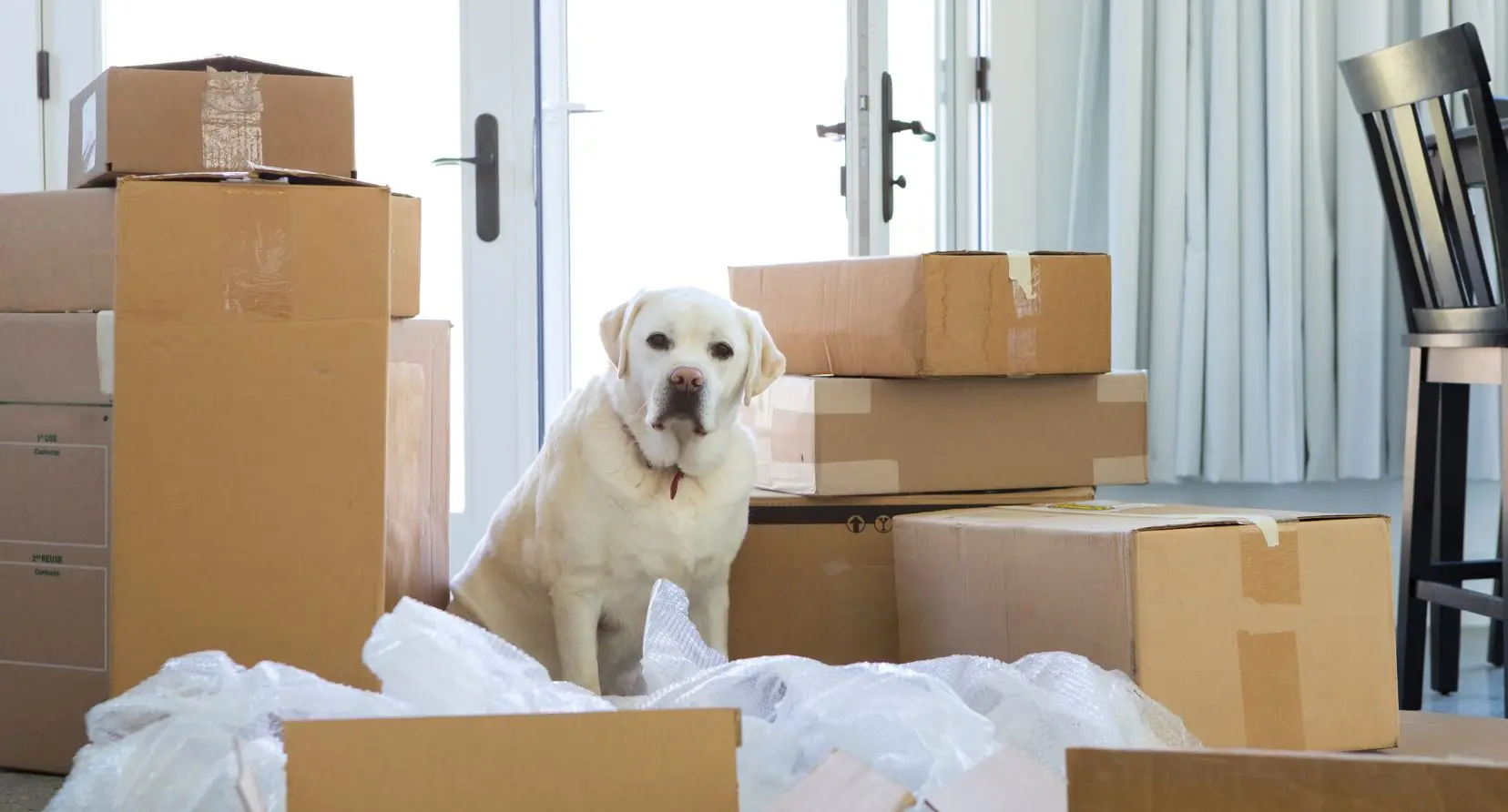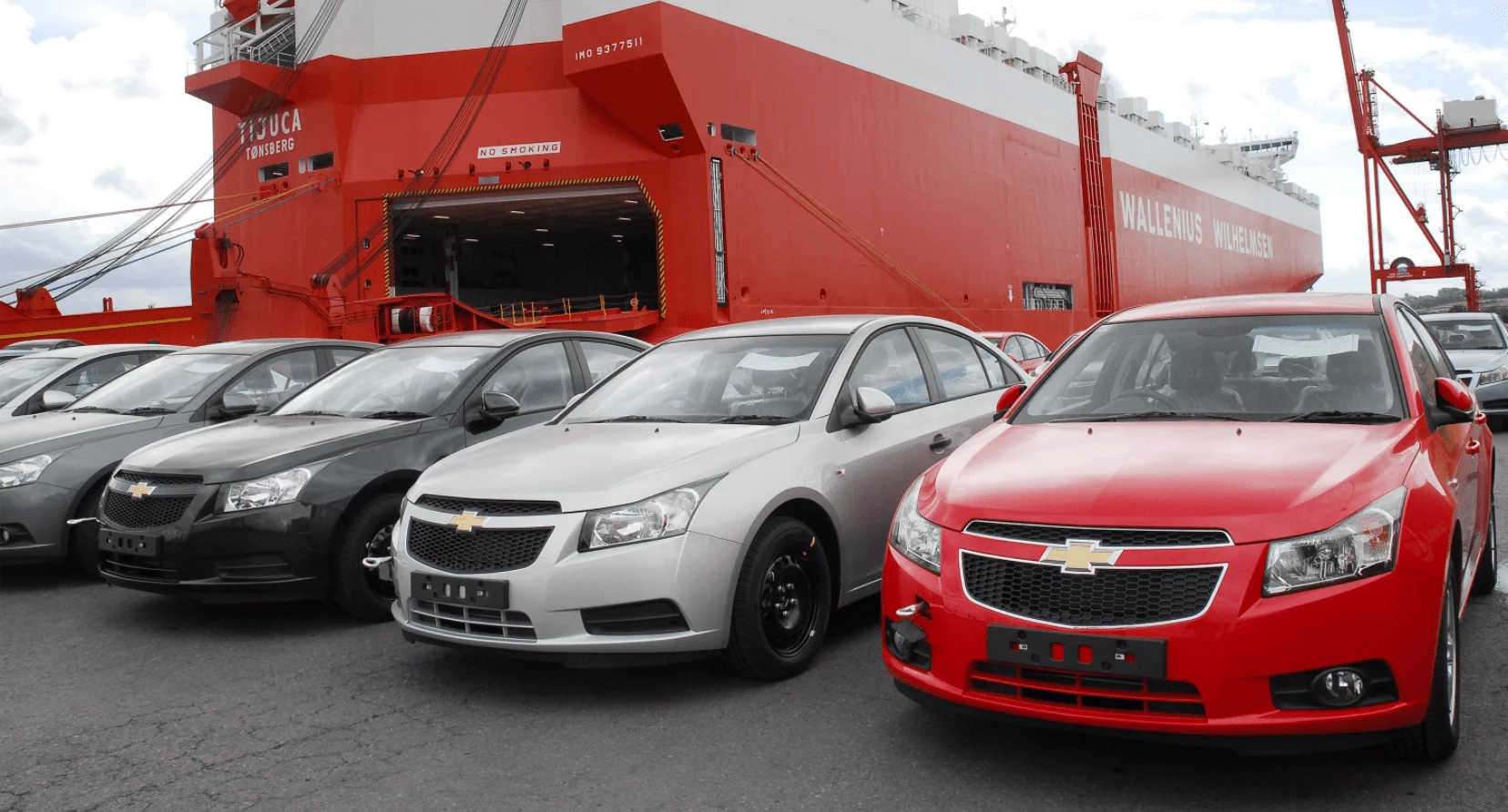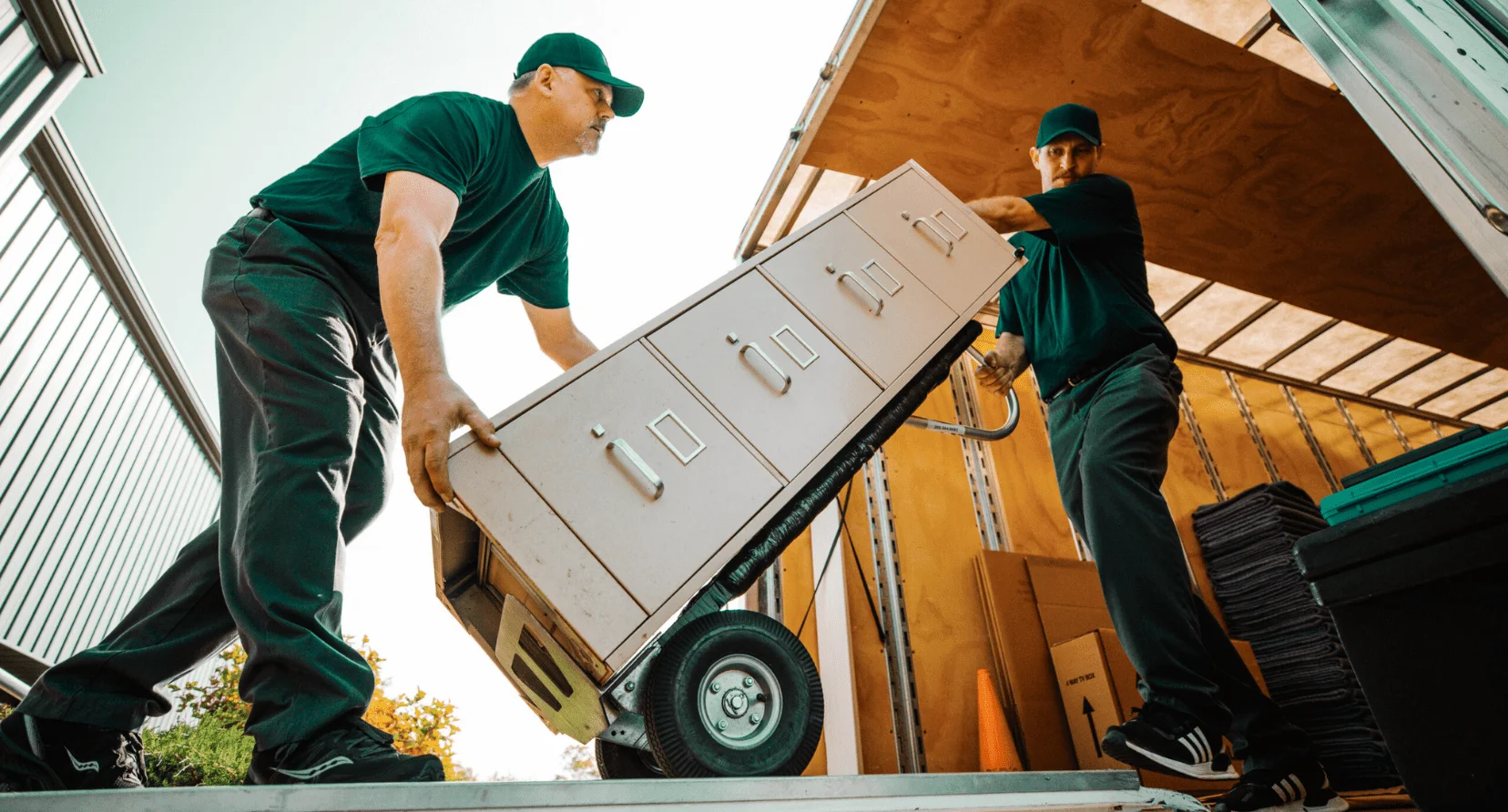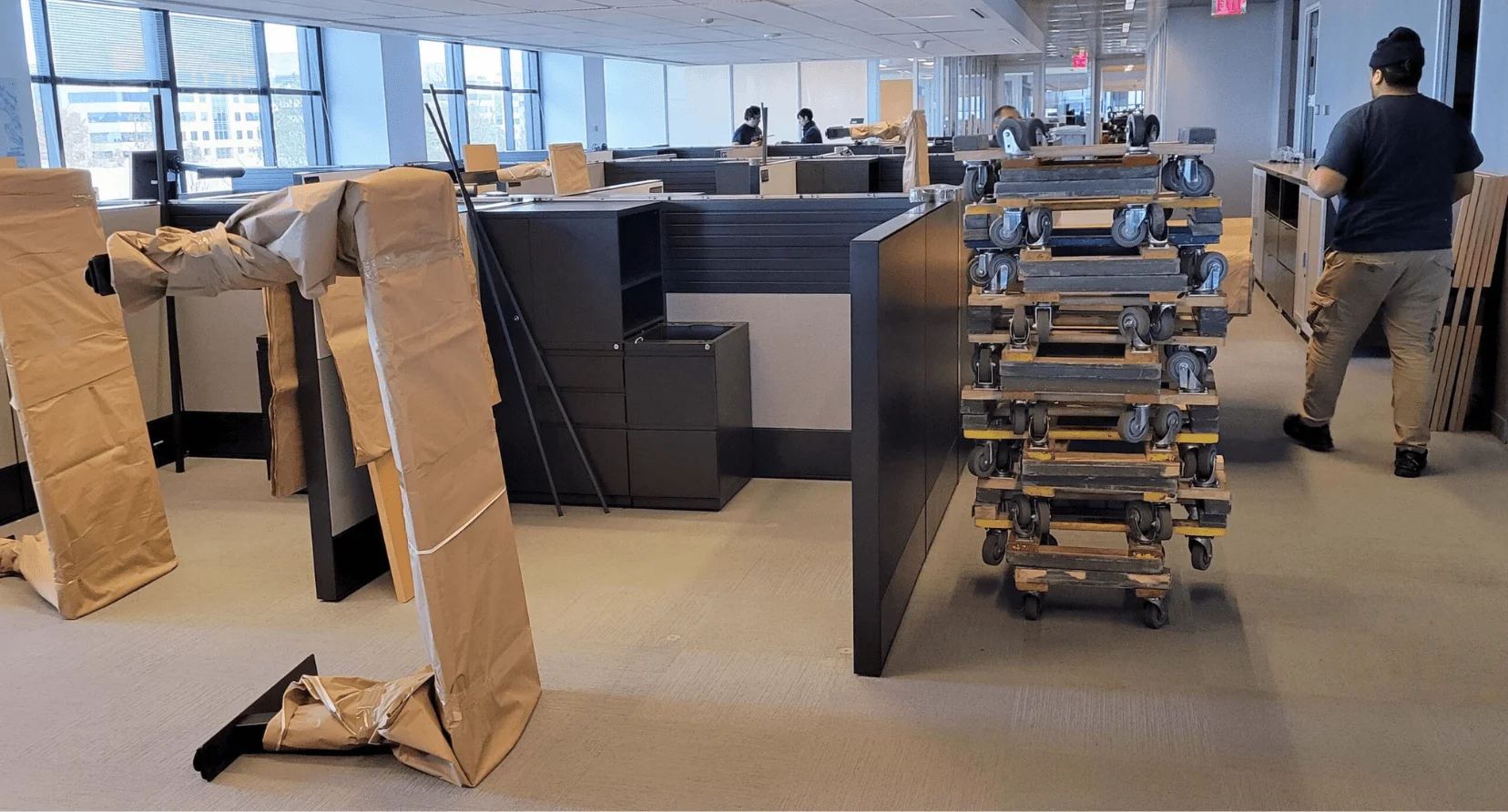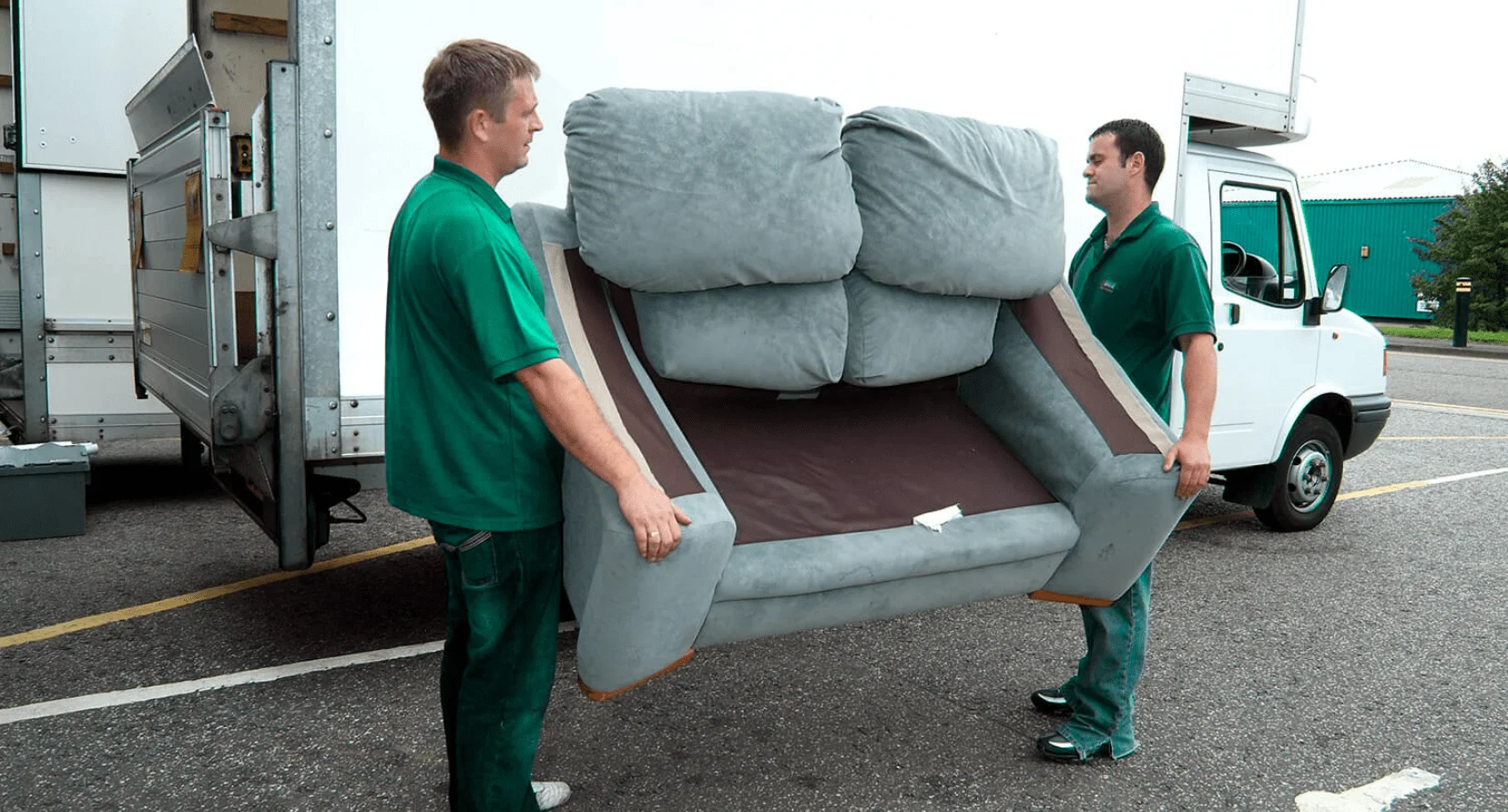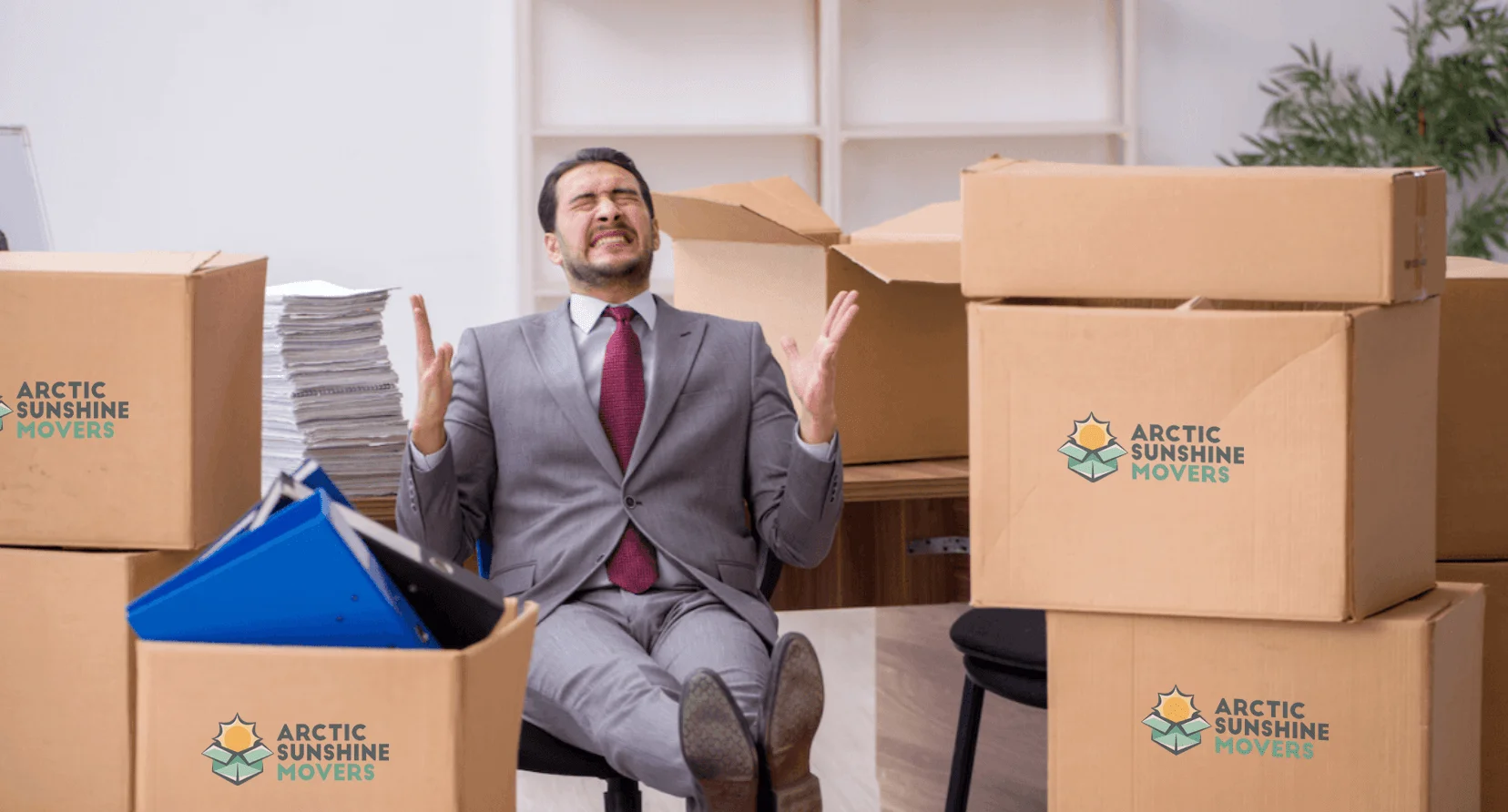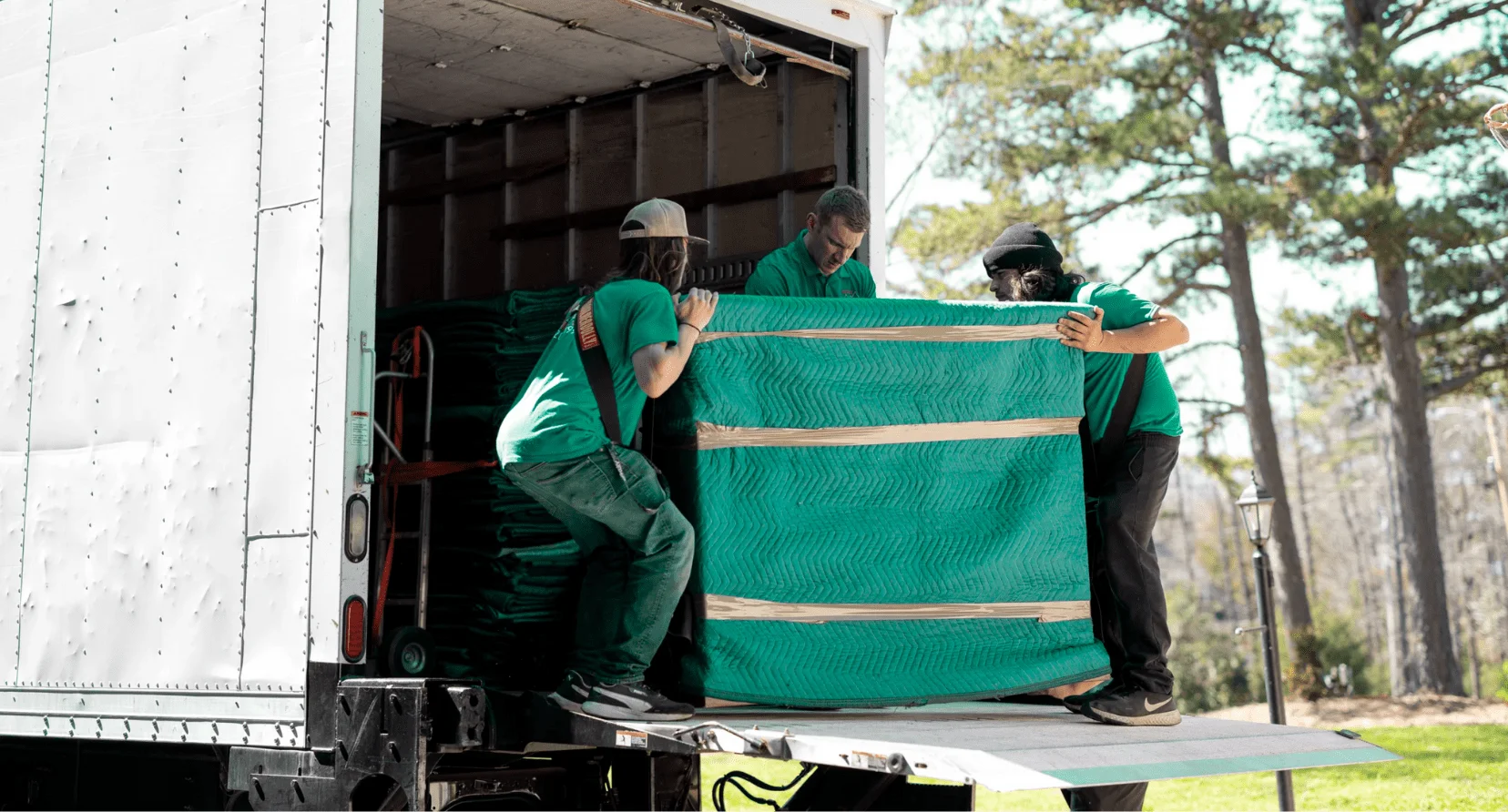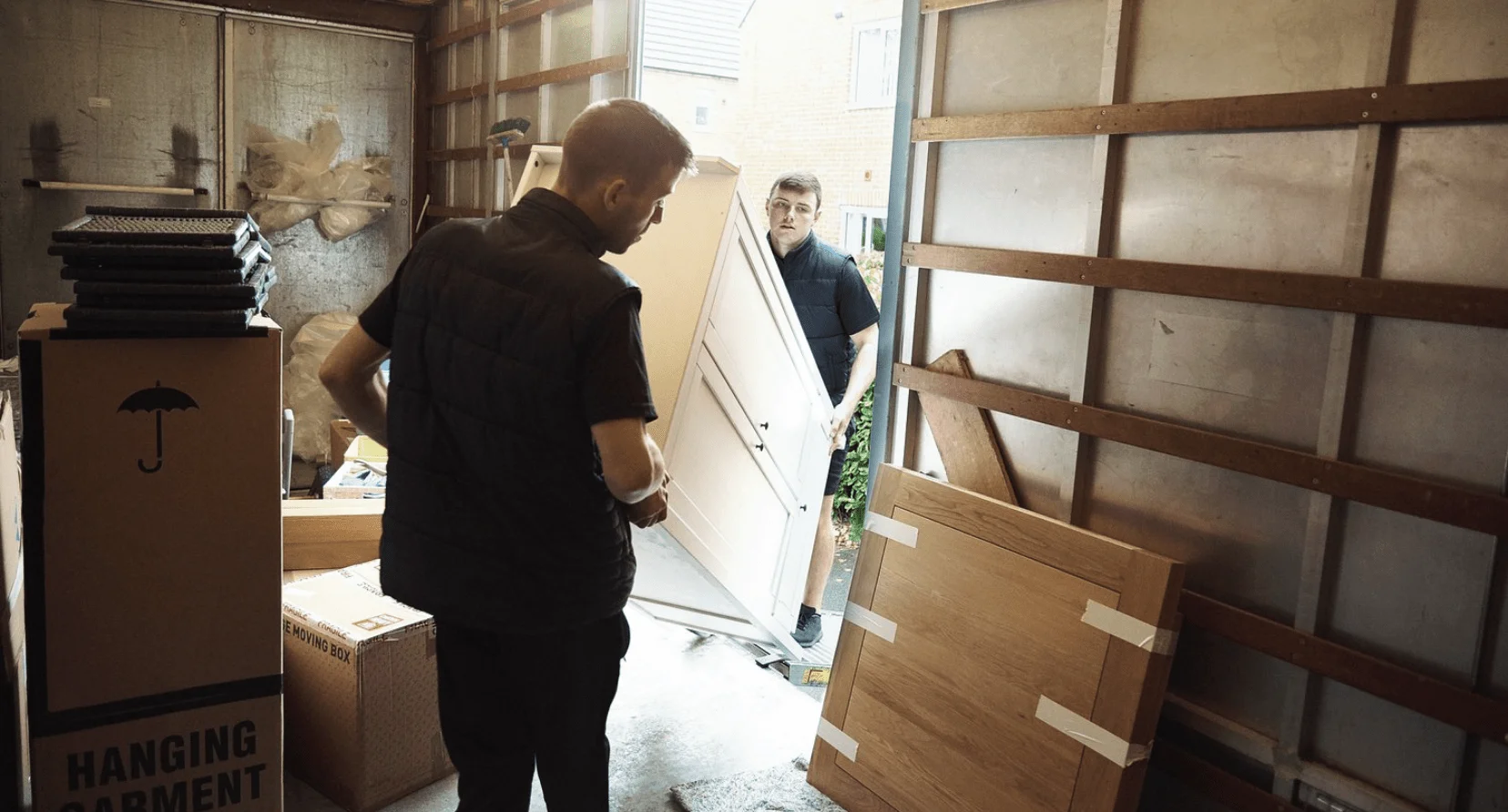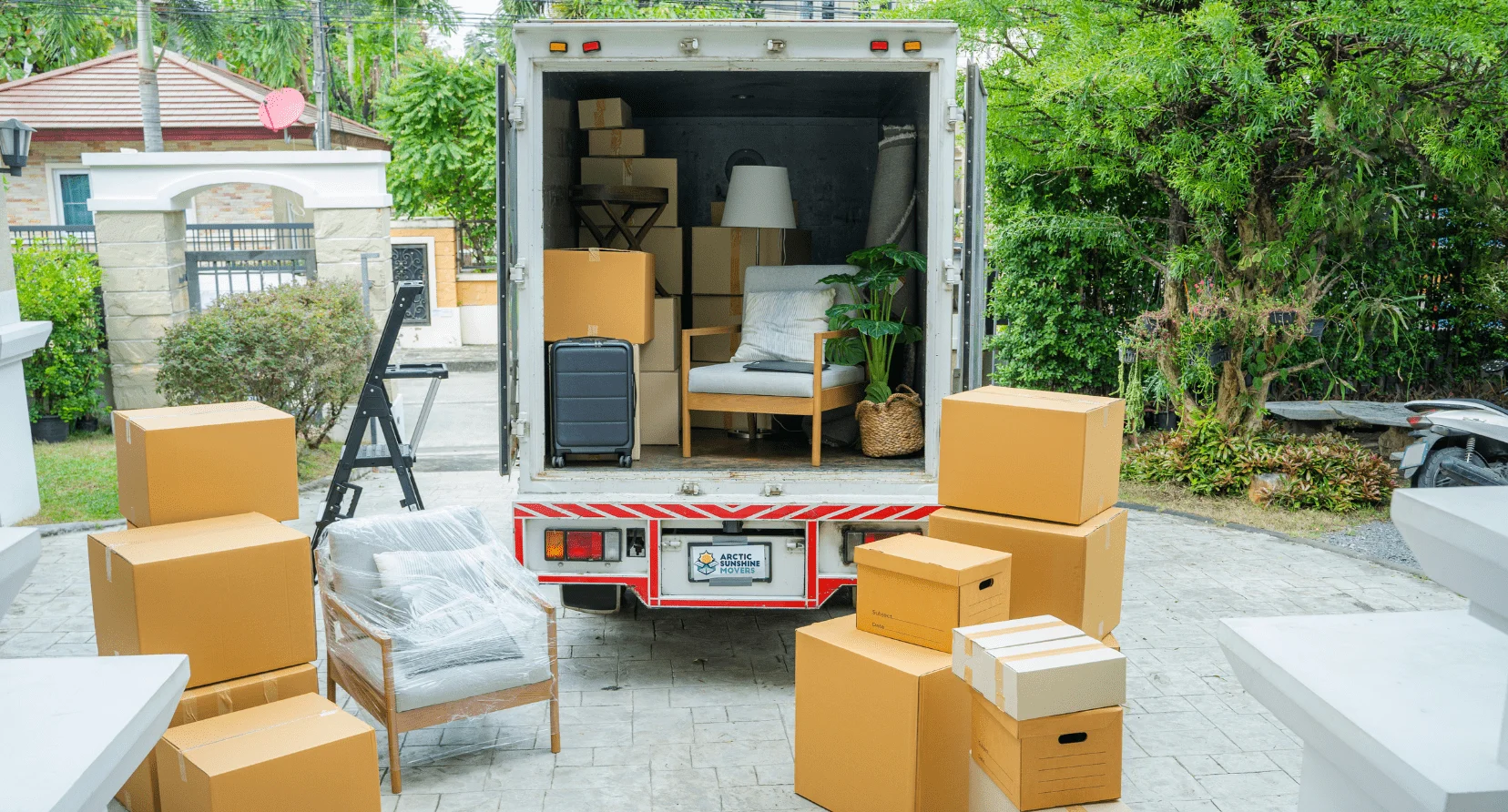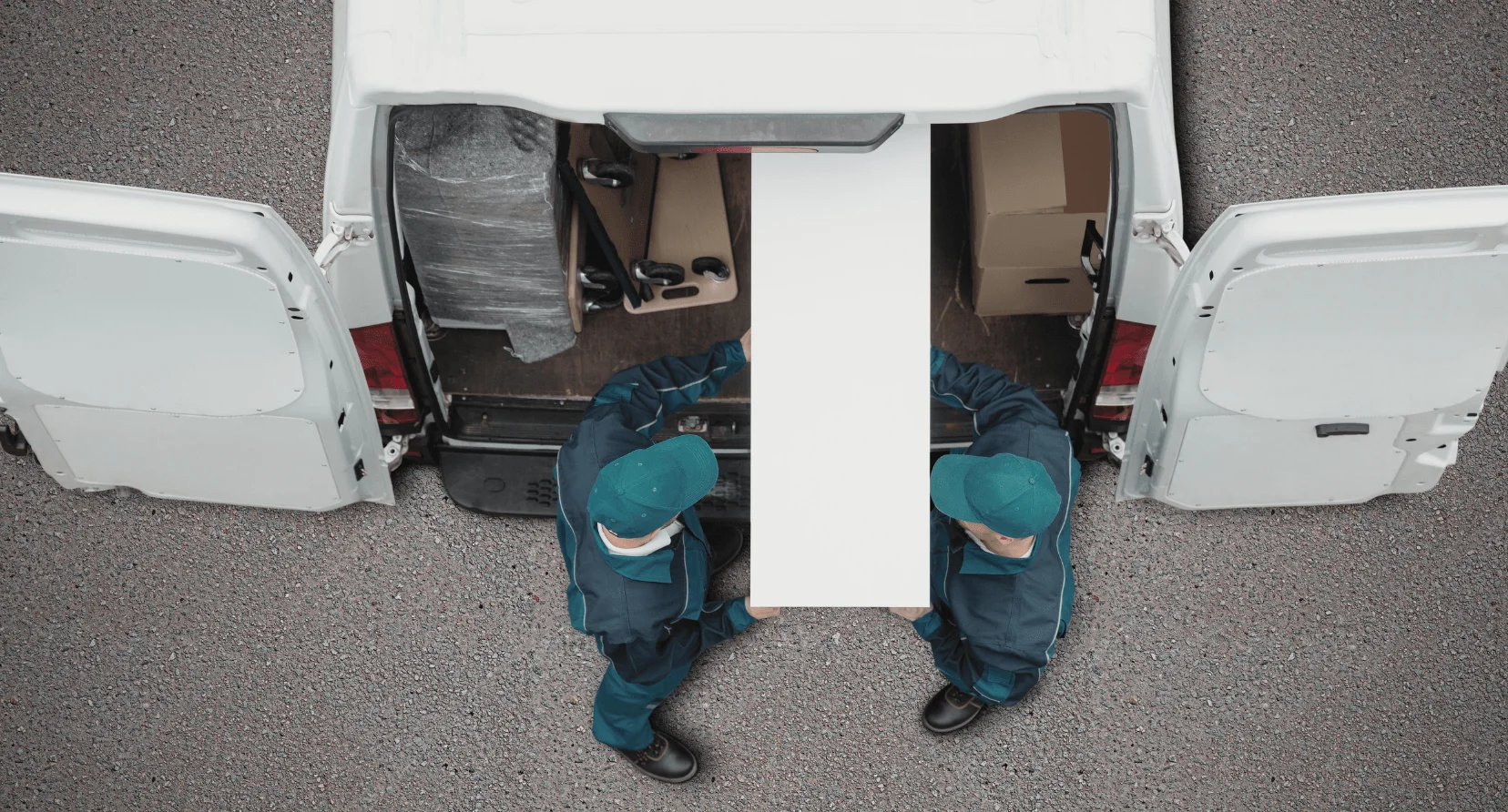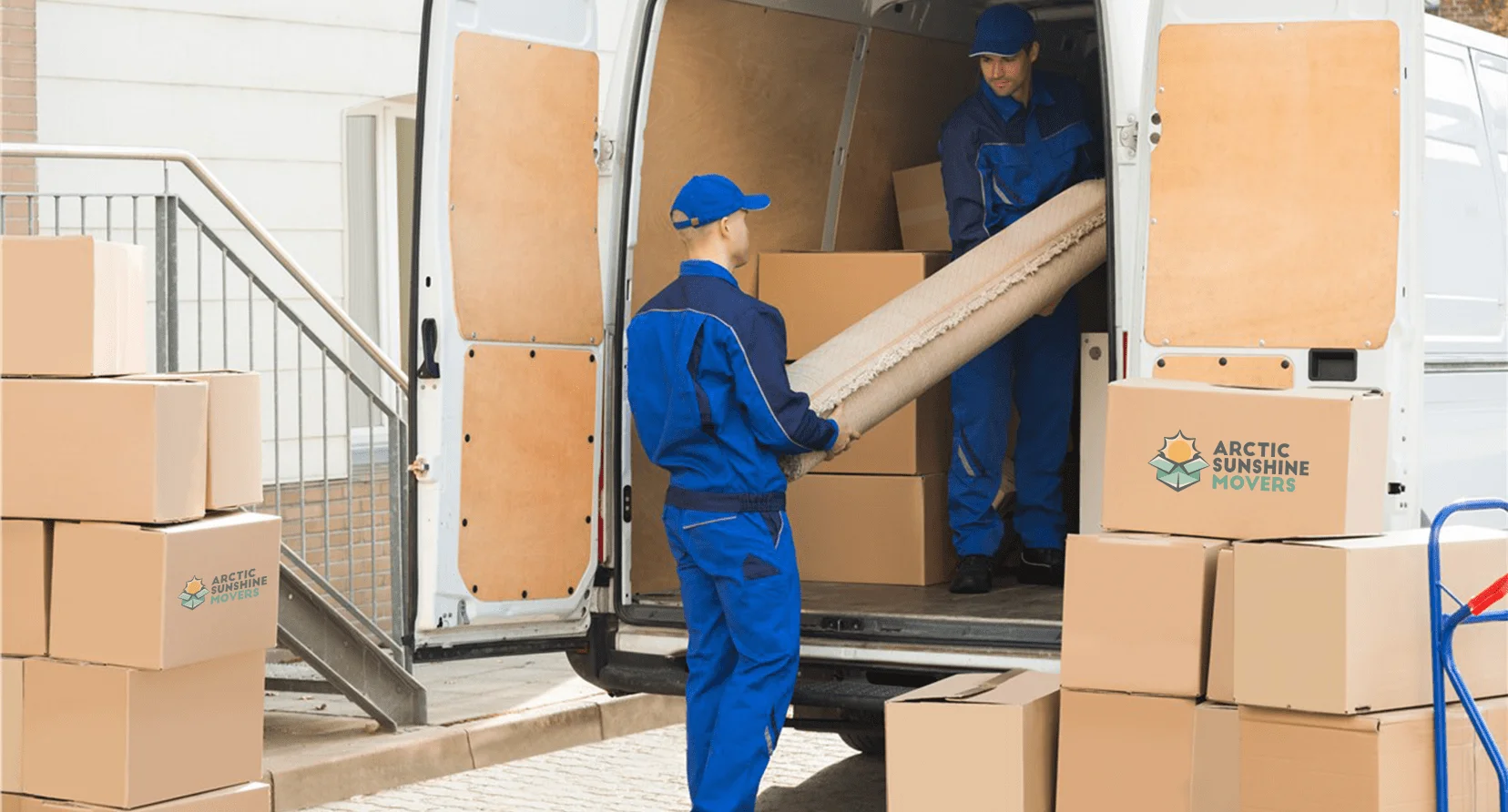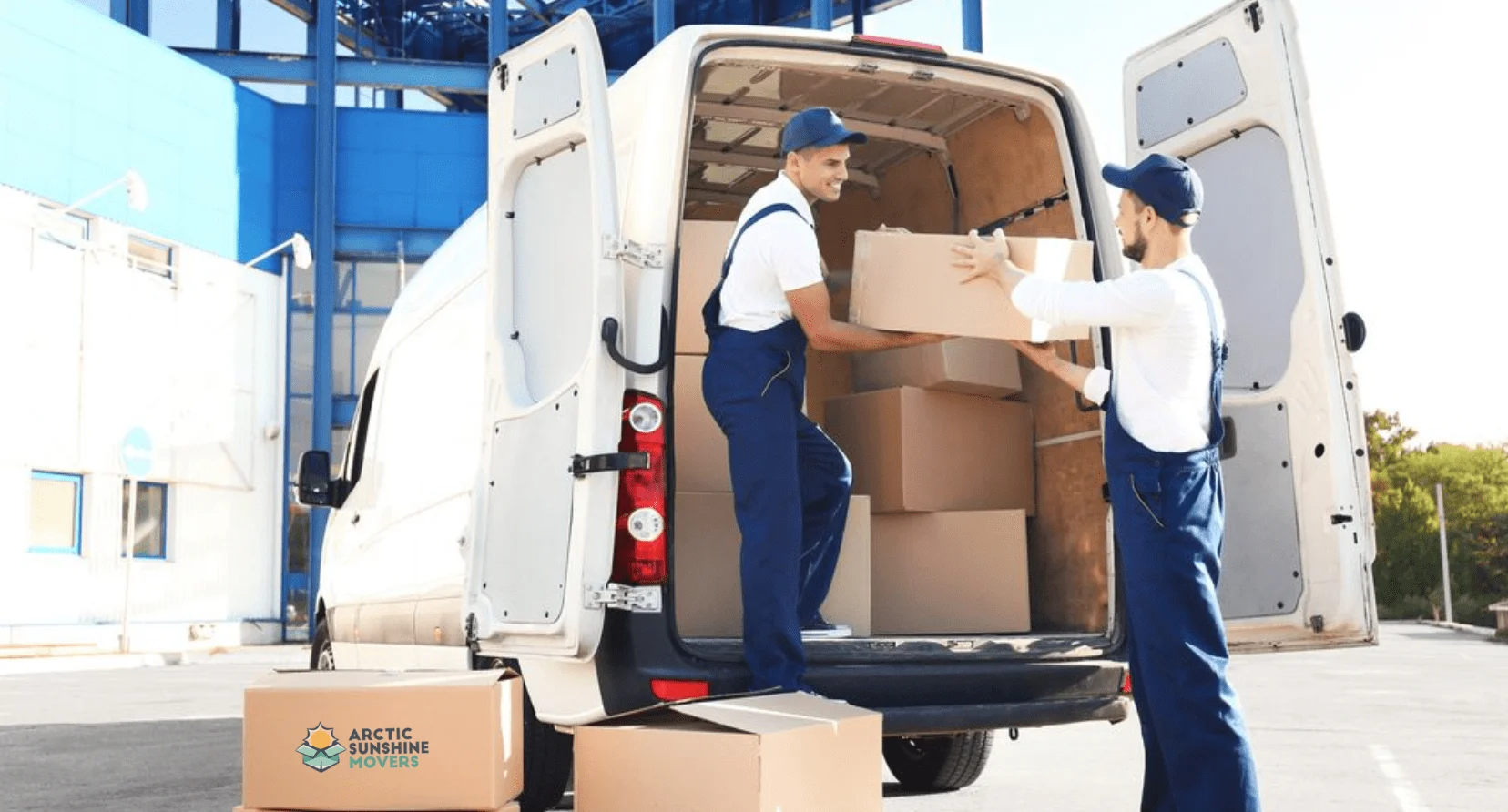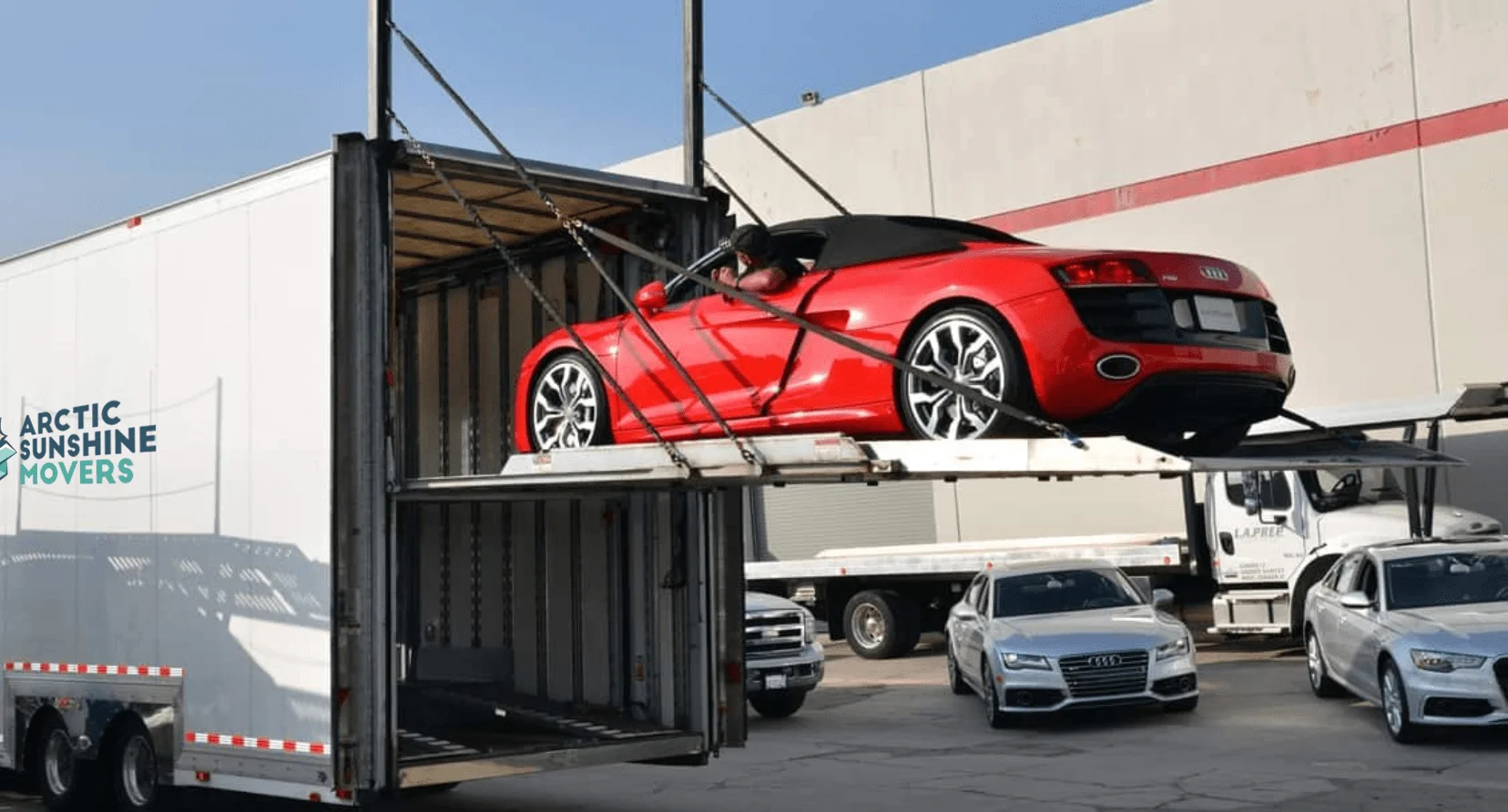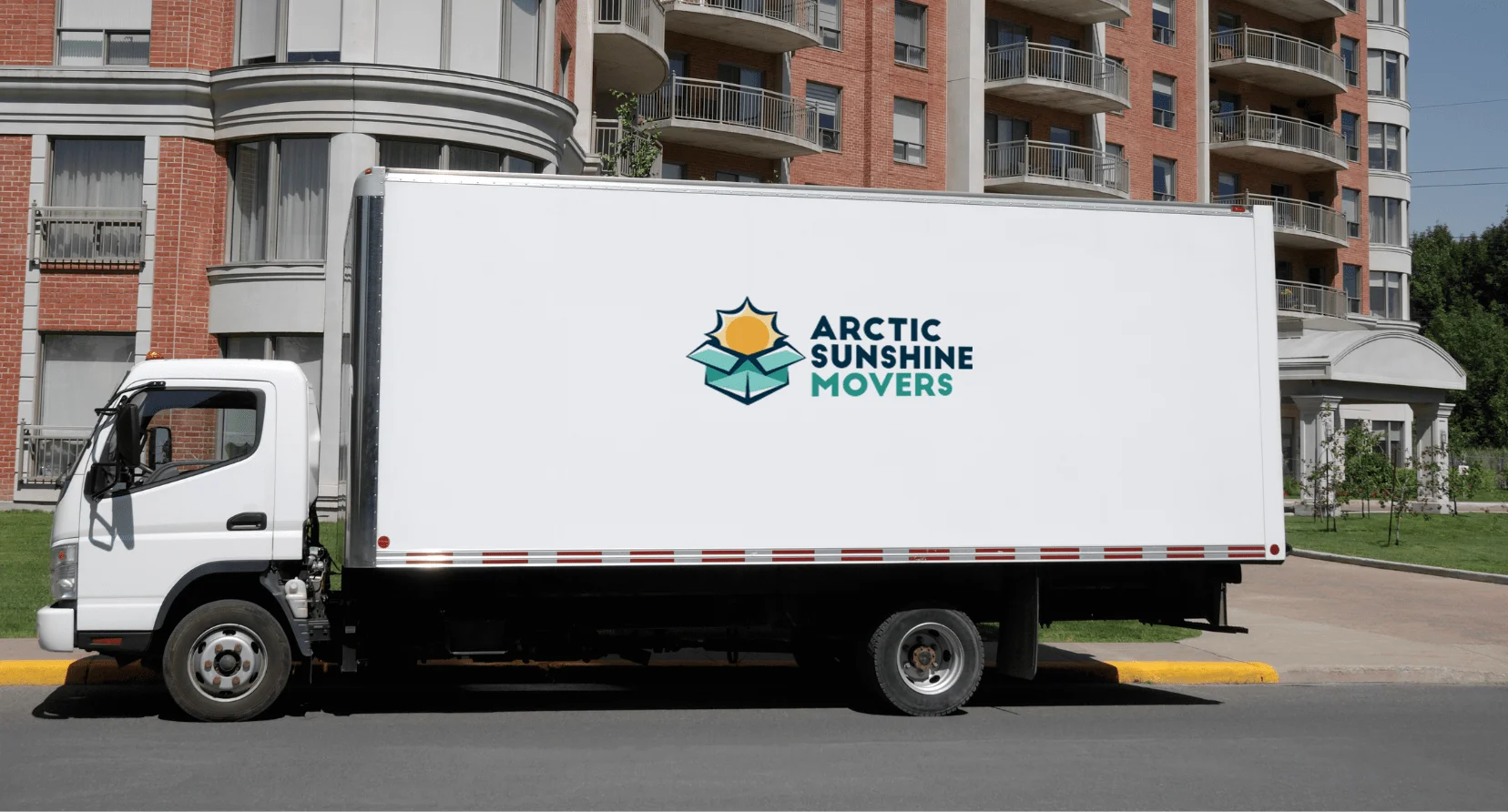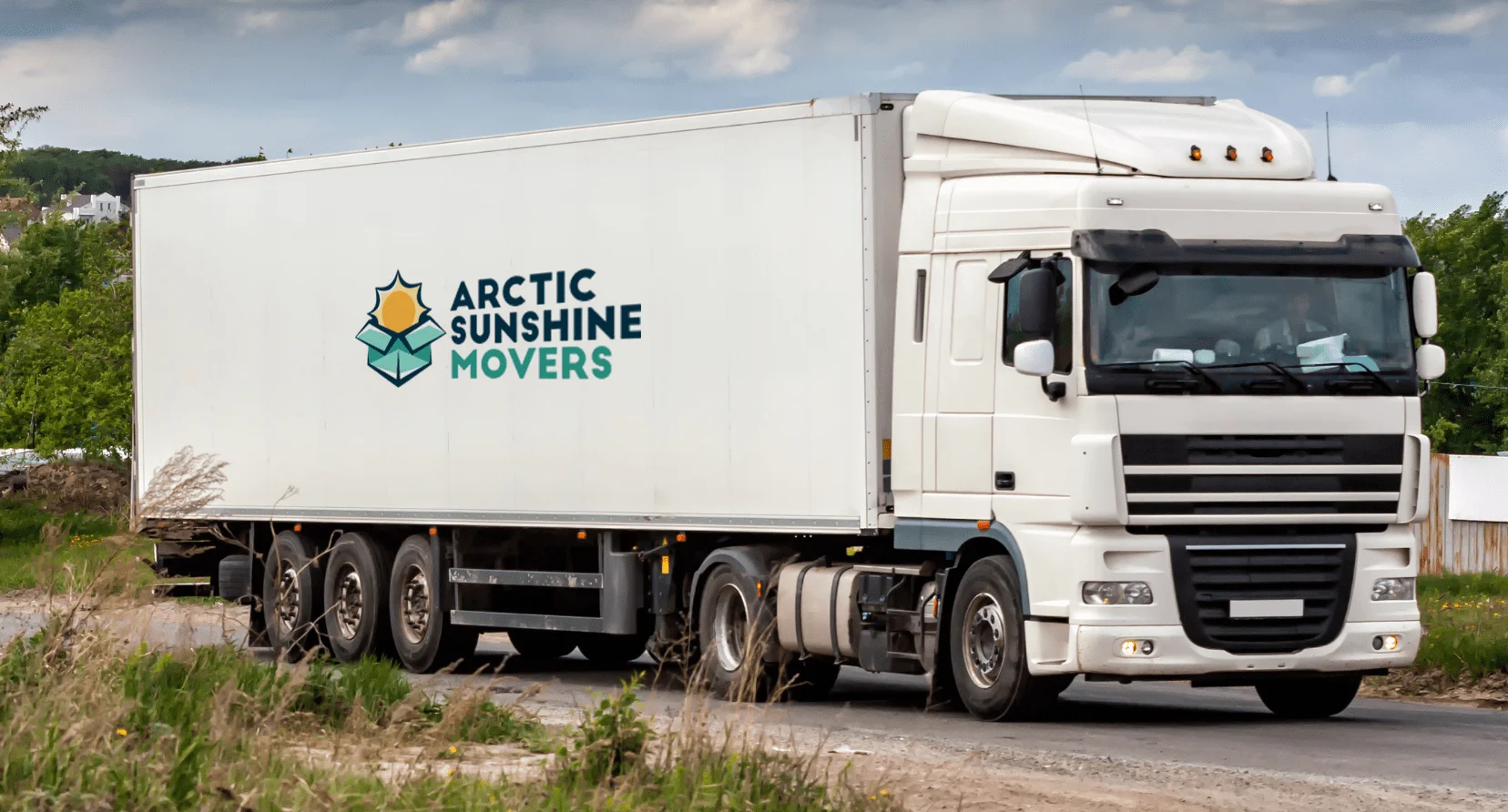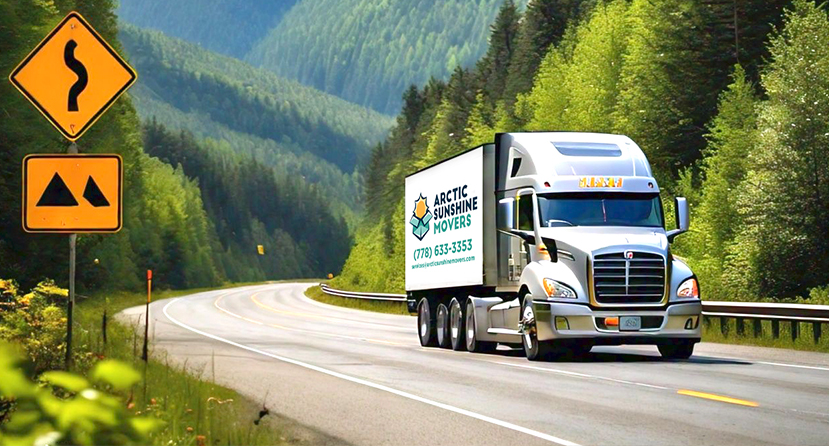
September 8, 2025
7 Hidden Costs of Long-Distance Moving
Planning a long-distance move is an exciting adventure! It’s a chance for a fresh start in a new city. But while you’re daydreaming about your new life, staying on top of your moving budget is crucial. Moving expenses can add up quickly, and unexpected fees are the last thing you want to deal with.
So, how can you make sure your moving budget is accurate? The key is to know the common hidden costs of long-distance moving. This guide will walk you through the potential hidden moving fees that can catch you by surprise. With this knowledge, you can create a solid moving budget, avoid stress, and focus on the exciting journey ahead! Let’s get you ready for a smooth and successful move!
Why a Detailed Moving Budget is Essential
Creating a detailed moving budget is the first step toward a stress-free relocation. It helps you track your spending, make informed decisions, and avoid the shock of a final bill that’s much higher than expected. A good budget accounts for everything, from big-ticket items like hiring movers to smaller, often overlooked expenses.
By anticipating hidden fees, you can allocate funds accordingly and even look for ways to save. Are you ready to take control of your moving finances? Let’s dive into the common hidden costs of long-distance moving that you should factor into your moving budget.
1. Specialty Item Moving Fees
Do you own a grand piano, a valuable piece of art, or a heavy-duty pool table? These items require special care and equipment to move safely, which often comes with additional charges. Long distance moving companies consider these “specialty items” because they are bulky, fragile, or unusually heavy, requiring extra labour and expertise.
What to Expect:
- Pianos: Movers often charge a separate fee for pianos, ranging from a few hundred to over a thousand dollars, depending on the size and type.
- Fine Art & Antiques: Valuable and delicate items may require custom crating and special handling, which will increase your long-distance moving costs.
- Large or Heavy Items: Think hot tubs, large safes, or gym equipment. These often require more movers or specialized machinery, leading to extra fees.
Vehicle Shipping Service
If you’re moving long-distance and need to transport your car, vehicle shipping services can make the process simple and stress-free! Many moving companies offer options to ship your car securely, whether on an open carrier or an enclosed one for extra protection. Timing is everything, so coordinate your vehicle’s shipping schedule for your move.
Planning often saves you money and ensures your car arrives right when needed. Pro tip: Clean your car inside and out before shipping—it’s a great opportunity to take inventory of any pre-existing damages and to clear out any personal items for safer transport.
Moving Budget Tip: Always tell your moving company about any specialty items you have during the initial quote process. This ensures you get an accurate estimate upfront and can budget accordingly. You can do this!
2. Packing Supplies and Services
One of the most underestimated costs is packing. While you might plan on sourcing free boxes, you’ll likely still need to purchase quality packing supplies like bubble wrap, packing paper, sturdy tape, and specialty boxes for fragile items like dishes or TVs. These costs can add up surprisingly fast!
If you opt for professional packing services for convenience, this will significantly increase your bill. Movers typically charge by the hour or a flat rate per box.
Breakdown of Packing Costs:
- DIY Packing: Even if you do it yourself, expect to spend a few hundred dollars on quality supplies.
- Professional Packing: Full-service packing can cost anywhere from several hundred to a few thousand dollars, depending on the size of your home.
- Partial Packing: You can save money by having movers pack only fragile or difficult items, like your kitchen or electronics.
Moving Budget Tip: Collect free boxes from local stores or online marketplaces early. For supplies you need to buy, purchase them in bulk to save money. Proper packing protects your belongings, so it’s a worthwhile investment!

3. Moving Insurance and Valuation Coverage
Your long distance moving company must provide basic liability coverage, often called “Released Value Protection.” However, this coverage is minimal—typically offering just $0.60 per pound per item. If your expensive, lightweight laptop gets damaged, you might only get a few dollars back. That’s not going to cut it!
For better protection, you’ll need to purchase additional insurance.
Your Insurance Options:
- Full Value Protection (FVP): This is a more comprehensive option offered by moving companies. With FVP, the mover is liable for the full replacement value of any lost or damaged items. The cost is based on the total value of your shipment.
- Third-Party Insurance: You can also purchase a separate moving insurance policy from a third-party provider, sometimes offering more extensive coverage.
Moving Budget Tip: Get proper insurance! The peace of mind is worth the extra cost. Carefully review your moving company’s insurance options and decide what protection is right for your belongings.
4. Long Carry and Stair Fees
Did you know the distance from the moving truck to your front door can affect your bill? If movers have to carry your items an unusually long distance (e.g., more than 75 feet), you may be charged a long carry fee.
Similarly, if your apartment is on the third floor of a building with no elevator, expect to pay stair fees. These charges compensate the movers for the extra time and physical effort required.
How These Fees Work:
- Long Carry Fees: Usually a flat fee or an hourly charge for the extra time.
- Stair Fees: Typically charged per flight of stairs.
Moving Budget Tip: Be upfront with your Langley moving company about the layout of your old and new homes. Mention any long walkways, multiple flights of stairs, or potential elevator access issues. This transparency helps you get a more accurate quote and avoid surprise moving hidden fees on moving day!
5. Shuttle Service Fees
What happens if a large moving truck can’t access your street due to narrow roads, low-hanging trees, or city restrictions? The long distance moving company must use a smaller “shuttle” truck to transport your belongings between the main truck and your home. This service comes at an additional cost, known as a shuttle fee.
This is one of the more common hidden costs of long-distance moving, especially for those moving to or from dense urban areas or remote locations.
Moving Budget Tip: Use Google Maps Street View to check the accessibility of your new address. If you have any doubts, discuss them with your moving company beforehand. Ask them about their shuttle service policy so you know what to expect. You’ve got this!

6. Storage Fees
Sometimes, your moving timeline doesn’t line up perfectly. You might need to leave your old home before your new one is ready. If this happens, you’ll need to store your belongings, which can lead to unexpected storage fees.
Moving companies often offer short-term storage solutions, known as Storage in Transit (SIT).
What to Know About Storage:
- Storage in Transit (SIT): This is convenient because the movers handle the transport to and from their storage facility. However, it can be costly and is usually intended for short periods (up to 90 days).
- Self-Storage Units: Renting a separate self-storage unit might be a more affordable option for longer-term needs.
Moving Budget Tip: Try to align your move-out and move-in dates as closely as possible. If storage is unavoidable, compare the costs of SIT with local self-storage units to find the best option for your moving budget.
7. Unpacking and Debris Removal
Once the movers have unloaded all your boxes, you’re left with a mountain of cardboard and packing materials. While you can handle the unpacking and disposal yourself, some moving companies offer these services for an extra fee.
Service Options:
- Unpacking Services: Movers will unpack your boxes and place items on flat surfaces.
- Debris Removal: For a fee, the company will come back and pick up all your empty boxes and used packing materials.
Moving Budget Tip: If you want to save money, plan to unpack yourself. Check your new city’s recycling guidelines for disposing of cardboard boxes. Many communities have specific days for large cardboard pickups. Breaking down boxes as you unpack will make the process much more manageable!
Your Path to a Successful Move
You are now equipped with the knowledge to confidently tackle your long-distance move! By understanding these potential hidden moving fees, you can create a comprehensive moving budget that leaves no room for surprises. Communication with your moving company is key to getting an accurate estimate and ensuring a smooth process.
Don’t let the fear of hidden costs overshadow the excitement of your new chapter. Plan carefully, ask questions, and take control of your moving expenses. You have the power to make this move your best one yet!



